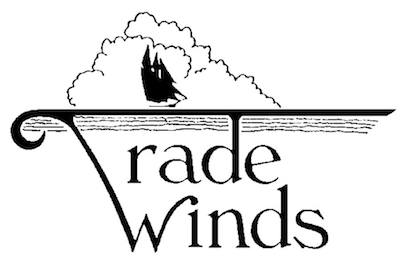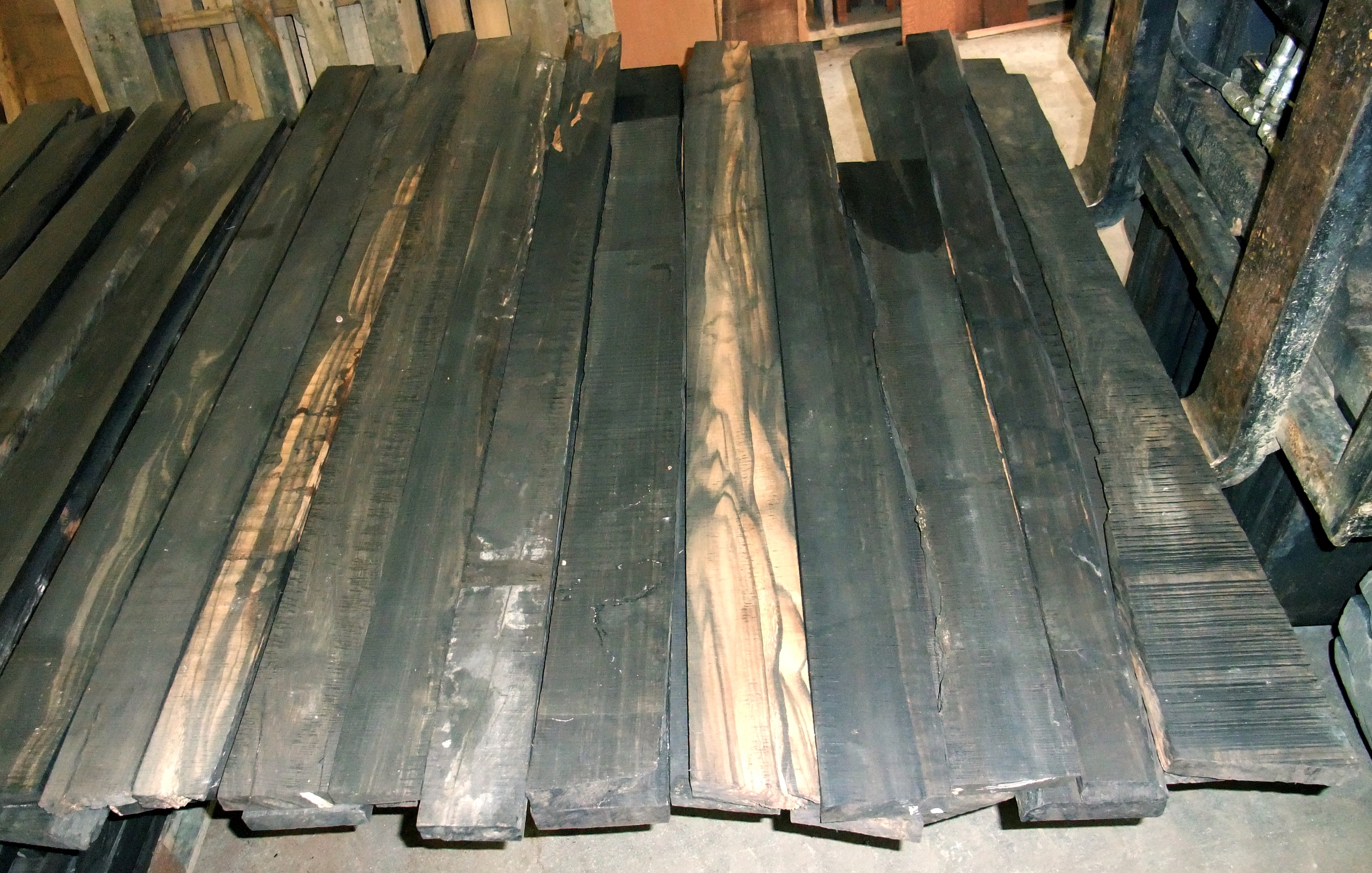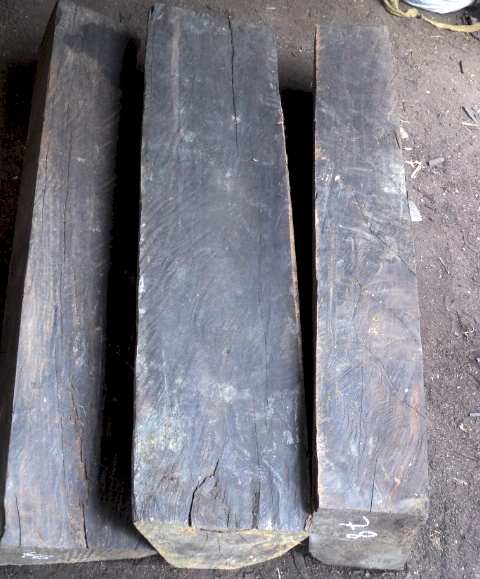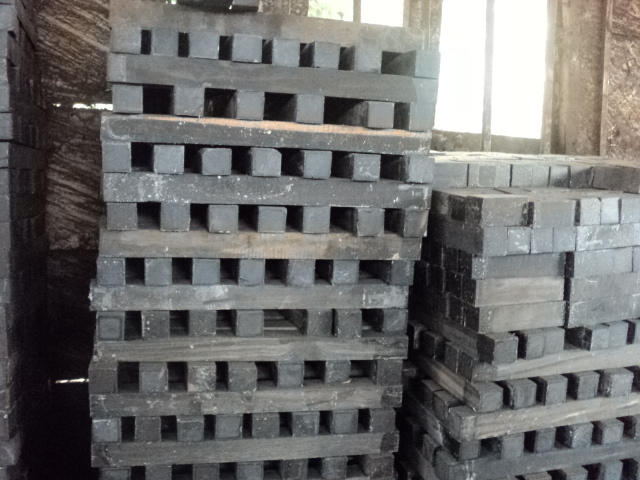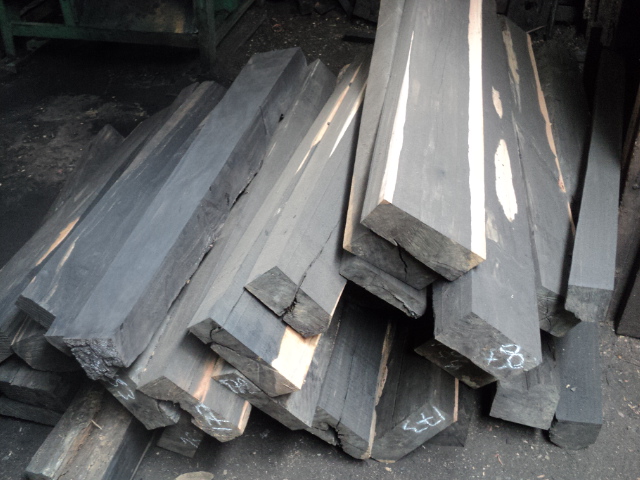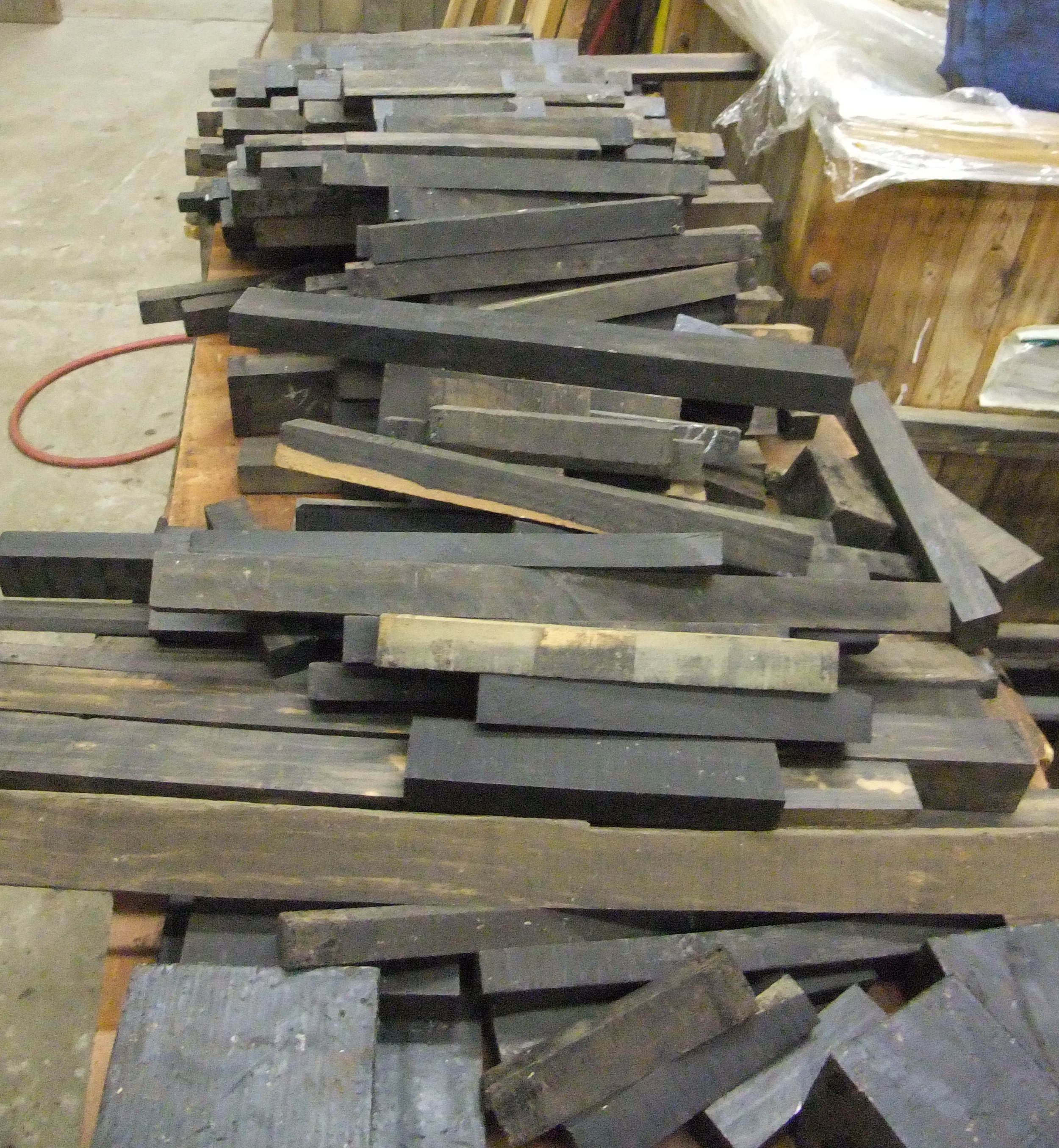- Shop
- Gaboon Ebony
Gaboon Ebony

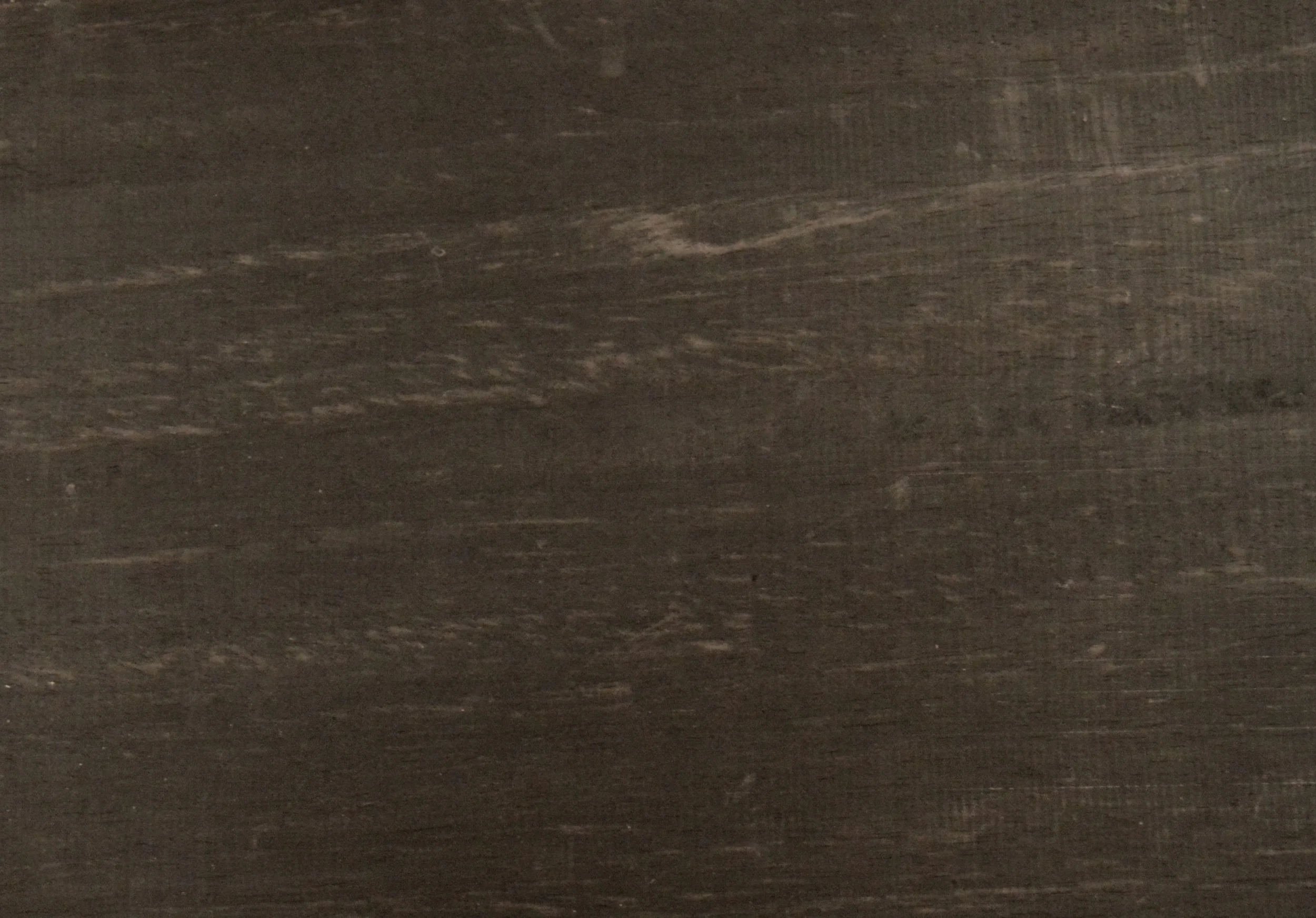
Gaboon Ebony
Diospyros crassiflora, commonly known as Gabon ebony, African ebony, or West African ebony, is a species of lowland-rainforest tree in the family Ebenaceae that is endemic to Western Africa. It is named after the West African state of Gabon, though it also occurs in Cameroon, Central African Republic, Republic of the Congo, Democratic Republic of the Congo and Nigeria.
The wood this particular tree produces is believed to be the blackest of all timber-producing
The wood this particular tree produces is believed to be the blackest of all timber-producing Diospyros species, and the heartwood from this tree has been in extremely high demand since ancient Egyptian times. It is hard and durable with very fine pores, and it polishes to a high luster. It is used to make sculptures, carvings, pool cues, doorknobs, tool and knife handles, gun grips, the black keys on pianos, organ-stops, guitar fingerboards and bridges, and chess pieces. It is the wood of choice for the fingerboards, tailpieces, and tuning pegs used on all orchestral stringed instruments, including violins, violas, cellos, and double basses.
Diospyros crassiflora, commonly known as Gabon ebony, African ebony, or West African ebony, is a species of lowland-rainforest tree in the family Ebenaceae that is endemic to Western Africa. It is named after the West African state of Gabon, though it also occurs in Cameroon, Central African Republic, Republic of the Congo, Democratic Republic of the Congo and Nigeria.
The wood this particular tree produces is believed to be the blackest of all timber-producing
The wood this particular tree produces is believed to be the blackest of all timber-producing Diospyros species, and the heartwood from this tree has been in extremely high demand since ancient Egyptian times. It is hard and durable with very fine pores, and it polishes to a high luster. It is used to make sculptures, carvings, pool cues, doorknobs, tool and knife handles, gun grips, the black keys on pianos, organ-stops, guitar fingerboards and bridges, and chess pieces. It is the wood of choice for the fingerboards, tailpieces, and tuning pegs used on all orchestral stringed instruments, including violins, violas, cellos, and double basses.
